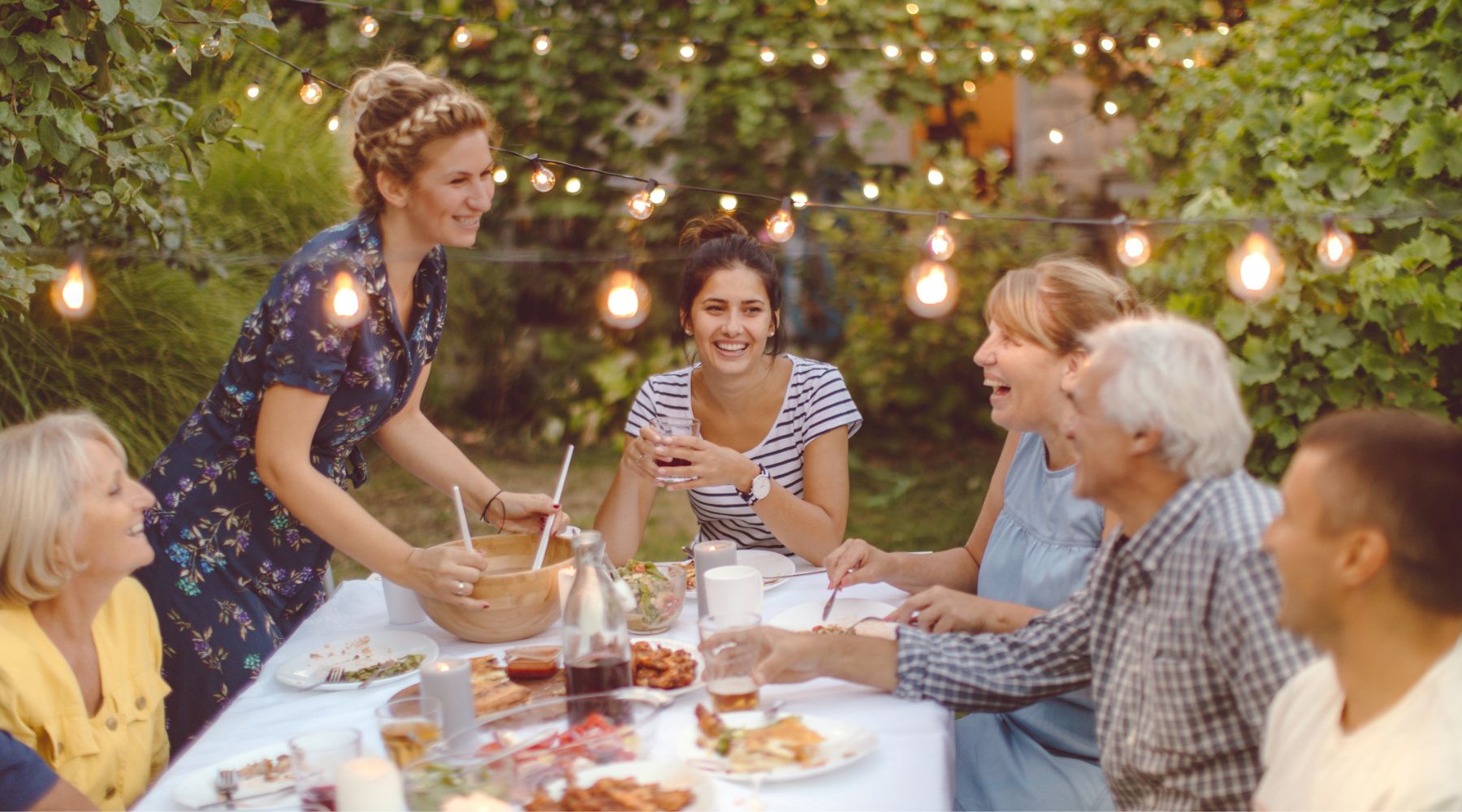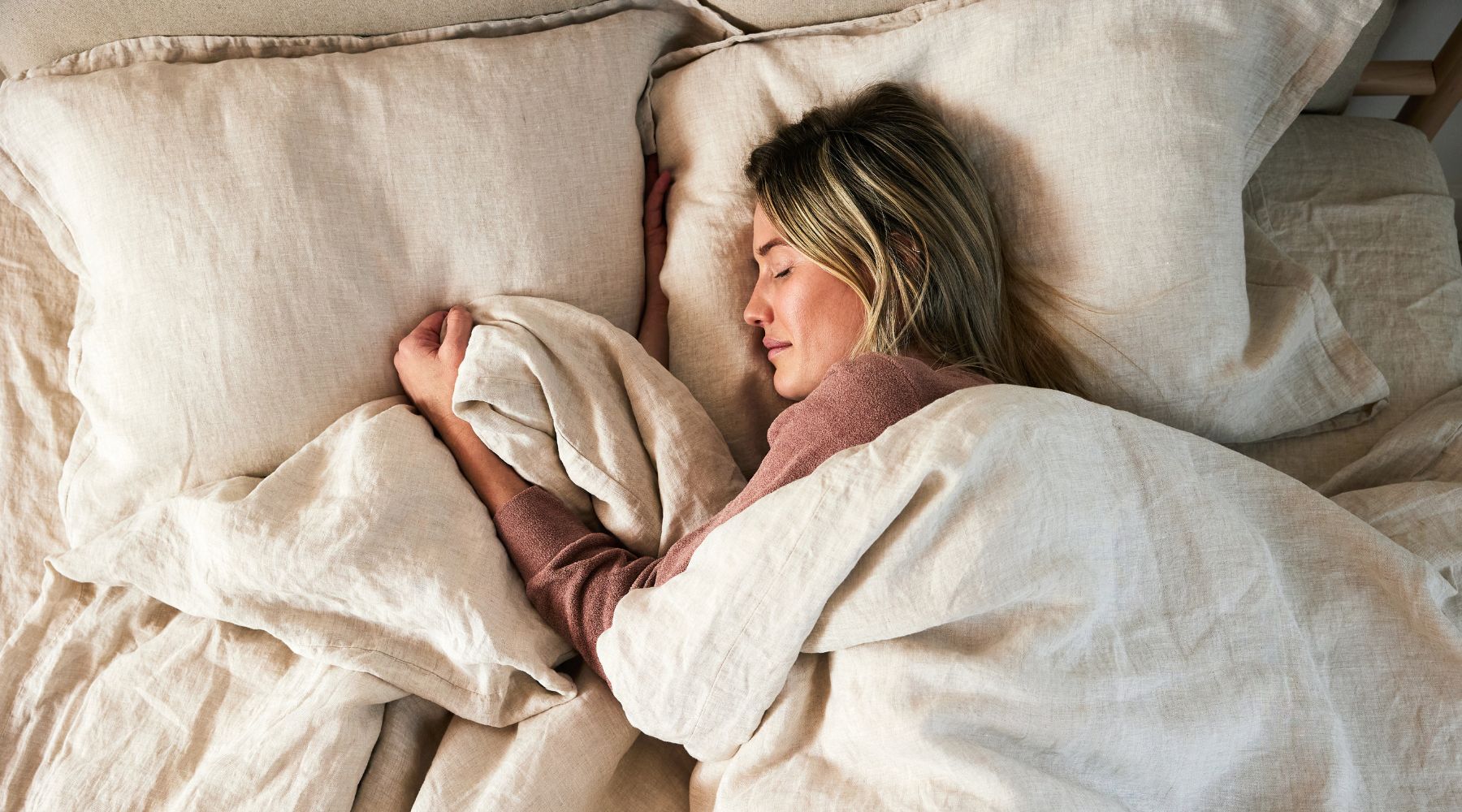
How to Host Guests the Scandinavian Way: Comfort, Calm, and Connection
From hot drinks and baking to lighting and planning, welcome guests with simple, elegant touches rooted in the warmth of Nordic hospitality.
A Very Swedish Controversy
In 2022, a Reddit post sparked a New York Times article that went viral, sparking online outrage worldwide. The article, titled “Do Swedish People Feed Their Guests?”, opens thus: “A Swedish child sits at a dinner table while his friend and the friend’s parents dine on meatballs, mashed potatoes and lingonberry sauce. The delicious aroma wafts below the child’s nose, but there is no plate for him.” The article focused on the common Swedish practice of not feeding guests who are making an unplanned visit: a practice rooted in times when food was more scarce.
Swedes have a strong culture of independence: the assumption is that the child’s parents will have prepared food for them at home. Travelling around Sweden, you’ll see this everywhere: from self-serve cafés to hostels where you have to make the bed yourself. To visitors from other cultures, these customs can seem strange or even unwelcoming, but to Swedes it’s all about respecting an individual’s privacy and preferences.

The Overlooked Positives
Unless your Swedish friends drop by unannounced, we don’t recommend adopting this practice—your guests might find it confusing! There are, however, some positive aspects of this independence-focused style of hospitality that we feel have been overlooked. Staying at someone else’s home can be awkward; giving your guests a sense of personal choice and agency can alleviate this. Make them feel like they can make the guest room their own by providing a selection of scented products, extra duvets or even different Scandinavian-style sheets so that they can personalize the temperature and ambience of the room and bed. When serving meals or hot drinks in the kitchen, leave salt, pepper, sugar, and other condiments on the table so that your guests can customize their food to their taste. Always make extra of everything—coffee, cakes, stews—and make it clear to your guest that they can help themselves to more. As mentioned, the concept of serving your own coffee might seem strange, but the complementary Swedish concept of påtår—free refills—more than makes up for it.
Swedes are also the inventors of one of Scandinavian culture’s most charming customs: fika. An inversion of the Swedish word “kaffi” (coffee), it refers to a social break in which everyone gets together for a hot drink, a chat, and sometimes a pastry. It’s completely ingrained in Swedish homes and offices, which mandate a half-hour fika every morning. At around 10 o’clock every morning, workers—including the boss—step away from their desks, end phone calls, and even put on the answering machine. Fika is sacred, and nothing gets in the way of it.
Fika is easy to recreate at home—and is particularly important in the hybrid-working era, as your guests might be working while staying with you. Stock up on good coffee (or tea), as well as sweets. Classic Swedish fika foods include kanelbullar (cinnamon buns) or chokladbollar (chocolate oatmeal balls rolled in coconut). Switch off your phone, give your guests your full attention, and, whatever you do, don’t talk about work.

Denmark: Bring on the Hygge
That infamous New York Times article referred to “Nordic people,” an overgeneralization that assumed Swedish, Danish, Norwegian, Finnish, and Icelandic people all approach hospitality in the same way. But Danish hospitality—as any regular reader of this blog will know—is all about hygge.
Hygge has no English equivalent, but can be broadly translated to comfort, coziness, and conviviality. Hygge is created by the coming together of many things: temperature, lighting, food, drinks, a well-made chair (or Scandinavian bedding!) and the intangible feeling of connection with oneself or another person.
Before your guests arrive, put yourself in their shoes: is the ambient temperature warm enough? Have you put out enough chairs, cushions, and blankets so they’ll be cozy and comfortable? Have you fitted out the bed with soft, organic linen bedding? Check your lighting, too; it should be warm and relatively dim, and you should have plenty of candles around. Make sure your tea, coffee, and cake supplies are well stocked.
The feeling of connection, while intangible, can also be planned for. Line up a comforting box set or film series to binge on, or prepare cards and board games for screen-free togetherness. You could even cook a meal together; easy, one-pot meals such as Skipperlabskovs (beef-and-potato stew) are at the core of hygge.

Spending Time in Nature—Norwegian-Style
While Norwegians are familiar with hygge, it’s not as central to their culture as it is for Danes. Instead, they’re all about friluftsliv: engaging with nature and its restorative properties. 77% of Norwegians spend time in nature on a weekly basis; 25% have stayed outdoors overnight in the past year. Incorporating friluftsliv into your guests’ stay is a great way to get some air, get the blood pumping, and remove distractions and screens. It can also be a way to connect over shared interests such as photography, botany, or bird spotting.
By far the most popular friluftsliv activity is walking. Before your guests arrive, look up popular walking trails in your area: books or apps such as AllTrails can help with this. It doesn’t have to be in the woods or hills; it can be a local park or even just a tree-lined avenue. Unless you and your guests are really into hiking, keep the walk relatively short and flat, focused on relaxation and socializing rather than exercise. Other friluftsliv activities include picking berries, kayaking or simply sitting in the woods.
Even if nature is relatively hard to come by in your area, you can always bring it indoors. Big, leafy plants are a feature of homes all across Scandinavia, and have been proven to create a feeling of wellbeing. This even extends to pictures of plants—which is the perfect excuse to indulge in one of our Scandinavian-style duvet cover sets. It’s printed with Scandinavian flora and fauna and is made from hypoallergenic, breathable organic linen—so your guests will feel right at home.
Will you be trying out any Scandinavian recipes on your guests? What are your top tips for hosting? Let us know on Instagram, Pinterest, Facebook or Twitter!






Leave a comment
This site is protected by hCaptcha and the hCaptcha Privacy Policy and Terms of Service apply.